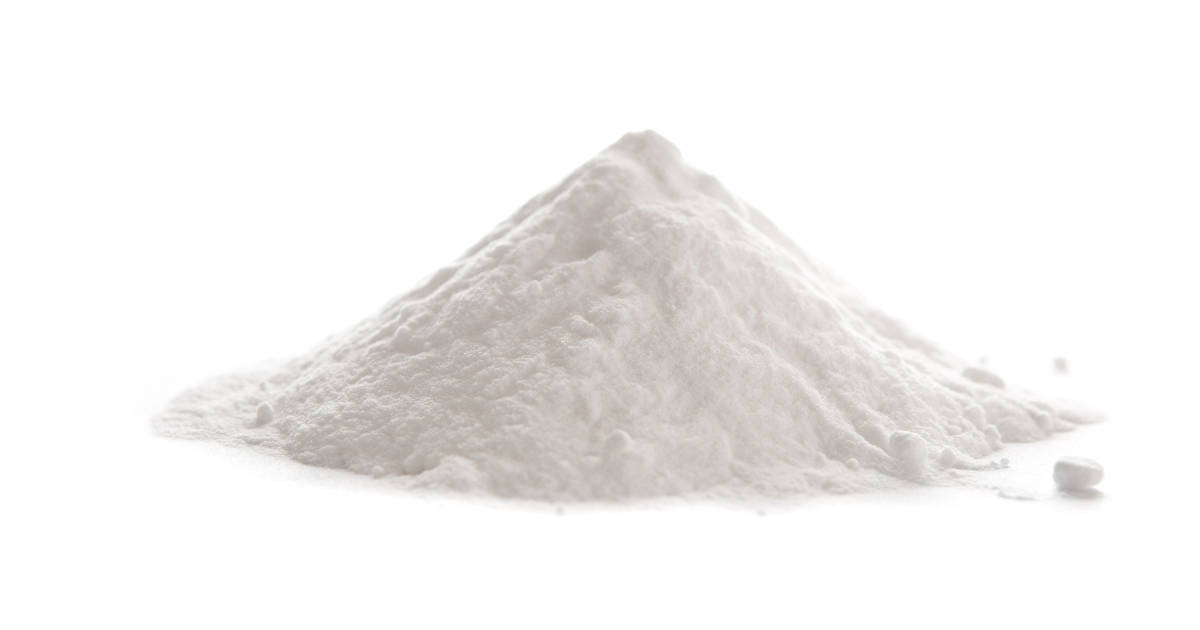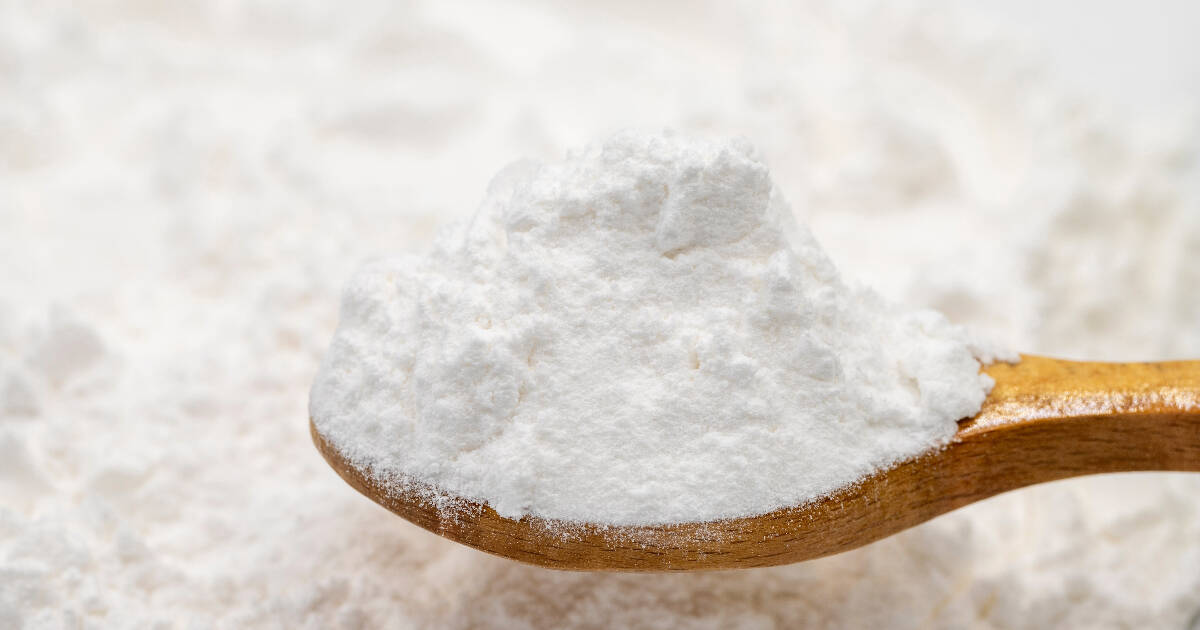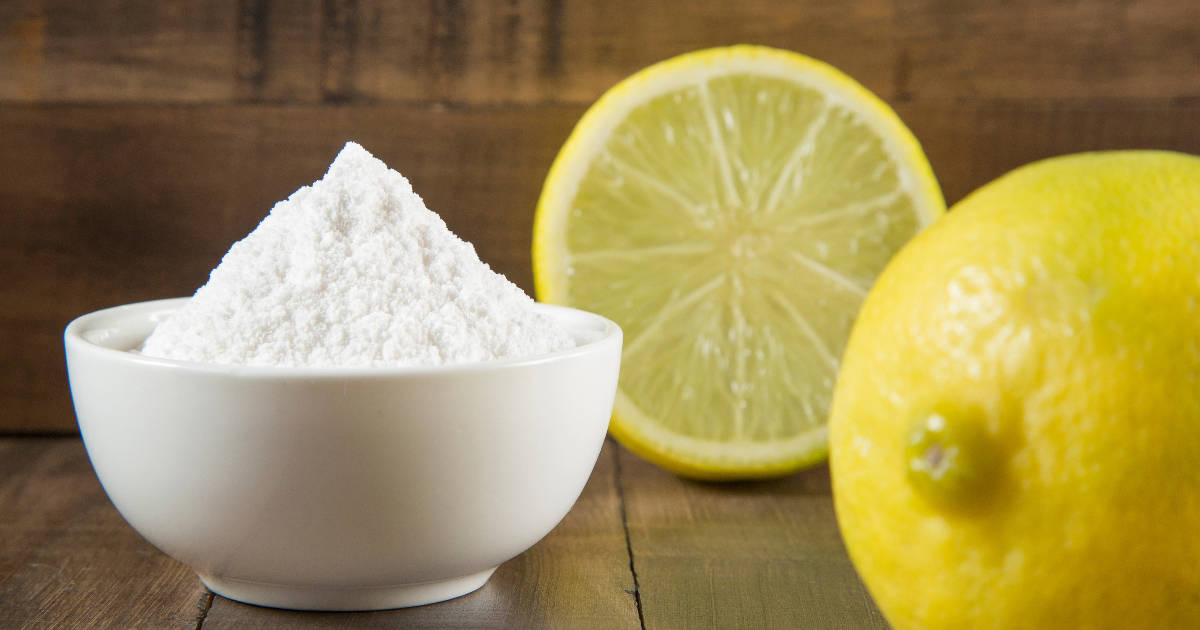Baking powder is an essential leavening agent that helps baked goods like cakes, cookies, muffins, and bread rise. It creates air bubbles that make batters and doughs puff up when baked, resulting in a light and fluffy texture. But what do you do when you're in the middle of baking and realize you're out of this important ingredient? Don't worry, there are plenty of handy baking powder substitutes you likely have in your kitchen already.

Read on to learn the most optimal baking powder substitutes so you can quickly identify the best alternative ingredient to use in your recipe. We'll also explain how baking powder works and why it can't simply be replaced with baking soda.
How Does Baking Powder Work?

Before jumping into the substitutes, it helps to understand what baking powder is and why it's so important for baked goods.
Baking powder is a mixture of a base, acid, and filler ingredient. The base is baking soda or sodium bicarbonate. This is combined with an acid, usually cream of tartar or calcium acid phosphate. A filler like cornstarch is also added to absorb moisture and keep the powder dry.
When baking powder comes into contact with liquid, an acid-base reaction occurs between the base and acid. This reaction produces carbon dioxide gas, which forms bubbles in the dough or batter. As the bubbles expand when heated, they cause the mixture to rise, creating a lighter texture.
Why Can't Baking Soda Substitute for Baking Powder?
Since baking soda is the base used in baking powder, you may wonder if they are interchangeable. Baking soda (sodium bicarbonate) is a base with a pH of around 8. It needs to be paired with an acid like lemon juice, yogurt, or buttermilk to produce the same leavening reaction as baking powder.
On its own, baking soda does not contain the acidic component needed to make batters rise. So while it seems like an obvious baking powder substitute, it must be combined with an acid to be effective.
Now let's look at 10 handy ingredients you can use instead of baking powder.
Baking Powder Substitutes List

1. Cream of Tartar + Baking Soda
One of the best substitutes is to recreate baking powder by using its ingredients. Combine cream of tartar, an acidic powder, with baking soda to mimic the acid-base reaction. Here's the ratio to use:
- 1/2 teaspoon cream of tartar
- 1/4 teaspoon baking soda
This equals 1 teaspoon of baking powder. The cream of tartar's neutral flavor won't affect the taste of your baked good. You can even make a large batch of this homemade substitute to keep on hand.
2. Lemon Juice + Baking Soda
Lemon juice contains citric acid, making it an ideal acid to mix with baking soda. Since it has a strong, tart flavor, lemon juice works best in recipes that require just a small amount of baking powder. Too much lemon can overwhelm other ingredients.
Use this ratio to replace 1 teaspoon of baking powder:
- 1/4 teaspoon baking soda
- 1/2 teaspoon lemon juice
3. Buttermilk + Baking Soda
Buttermilk is a great baking powder substitute because of its acidic tang. The lactic acid in buttermilk reacts with baking soda to give the same leavening effect. For every 1 teaspoon of baking powder, use:
- 1/4 teaspoon baking soda
- 1/2 cup buttermilk
Since you're adding liquid, reduce other wet ingredients slightly to maintain the right batter consistency. Buttermilk adds great flavor and tenderness too.
4. Plain Yogurt + Baking Soda
Like buttermilk, plain yogurt contains lactic acid that allows it to substitute for baking powder when combined with baking soda. Follow the same method as buttermilk:
- 1/4 teaspoon baking soda
- 1/2 cup plain yogurt
Reduce other liquids by 1/2 cup to offset the yogurt. Greek yogurt works well too thanks to its thick texture.
5. Molasses + Baking Soda
Although not highly acidic, molasses contains enough acid to create the needed reaction with baking soda. Use this ratio:
- 1/4 cup molasses
- 1/4 teaspoon baking soda
Replace some other liquids or sugars to account for the molasses. Its distinctive flavor is great for cookies like gingerbread.
6. White Vinegar + Baking Soda
White vinegar has an acidic pH perfect for activating baking soda. Cider vinegar works too but may have more flavor. Here's the amount to use for 1 teaspoon baking powder:
- 1/2 teaspoon vinegar
- 1/4 teaspoon baking soda
Vinegar adds moisture so you likely won't need to adjust the recipe. But only use small amounts as too much acidity can be overpowering.
7. Club Soda
Club soda naturally contains baking soda, making it a leavening agent. The carbonation provides lift too. It won't work as well in recipes needing a lot of rise but is great for pancakes and quick breads. Simply use club soda instead of the liquid called for.
8. Sour Milk + Baking Soda
Sour milk is regular milk that has been soured with an acid like lemon juice or vinegar. The lactic acid makes it react with baking soda, so you can use it just like buttermilk:
- 1/2 cup sour milk
- 1/4 teaspoon baking soda
Reduce other liquids to account for the extra from sour milk.
9. Self-Rising Flour
Self-rising flour already contains baking powder and salt, making it an easy 1:1 substitute. Use it instead of all-purpose flour and omit any other leaveners from the recipe.
You can even make your own self-rising flour by combining:
- 1 cup flour
- 1 1/2 teaspoons baking powder
- 1/2 teaspoon salt
10. Whipped Egg Whites
Finally, you can use aerated egg whites to provide lift instead of baking powder or baking soda. Whip whites into stiff peaks then gently fold into the batter at the end. The air bubbles create a rise. This works best for recipes needing minimal lift like pancakes or waffles.
How to Modify Recipes When Substituting
Choosing the right baking powder substitute is the first step. You'll also need to modify your recipe to get the perfect results:
- Reduce other liquids to balance additional moisture from buttermilk, yogurt, sour milk, etc.
- Decrease sugar and other sweeteners when using acidic molasses.
- Add extra lemon juice or vinegar if using baking soda alone to ensure enough acidity.
- Cut back on baking soda as it's stronger than baking powder. Use 1/4 teaspoon for every 1 teaspoon baking powder.
- Act quickly when using vinegar, buttermilk, and sour milk as the reaction starts immediately.
With the right substitutions and adjustments, your baked goods will turn out light, fluffy, and delicious even without baking powder!
Baking Powder Substitutes Comparison Table
A comparison table of baking powder substitutes:
| Substitute | Ratio to Replace 1 tsp Baking Powder | Notes |
|---|---|---|
| Cream of Tartar + Baking Soda | 1/2 tsp cream of tartar + 1/4 tsp baking soda | Neutral flavor, makes an easy homemade substitute |
| Lemon Juice + Baking Soda | 1/2 tsp lemon juice + 1/4 tsp baking soda | Adds lemon flavor, best for small amounts |
| Buttermilk + Baking Soda | 1/2 cup buttermilk + 1/4 tsp baking soda | Reduces other liquids, adds moisture and tang |
| Plain Yogurt + Baking Soda | 1/2 cup yogurt + 1/4 tsp baking soda | Reduces other liquids, Greek yogurt works too |
| Molasses + Baking Soda | 1/4 cup molasses + 1/4 tsp baking soda | Reduces sugar and liquids, adds sweetness |
| White Vinegar + Baking Soda | 1/2 tsp vinegar + 1/4 tsp baking soda | Doesn't affect moisture, mild acidity |
| Club Soda | Replaces all or some liquid | Works for recipes with minimal lift |
| Sour Milk + Baking Soda | 1/2 cup sour milk + 1/4 tsp baking soda | Reduces other liquids, mimics buttermilk |
| Self-Rising Flour | Replaces all-purpose flour 1:1 | Forget other leaveners, easy substitution |
| Whipped Egg Whites | Amount varies by recipe | Provides lift without leaveners |
FAQ
Can I use self-rising flour instead of all-purpose flour if a recipe calls for baking powder?
Yes, you can make a simple 1:1 substitution since self-rising flour contains baking powder and salt. Just leave out any other leaveners and salt from the original recipe.
What can I use if I don't have baking powder or baking soda?
Whipped egg whites provide lift without needing baking powder or baking soda. Just beat them into stiff peaks and fold into the batter at the end. Club soda or seltzer water also adds bubbles when used instead of regular water or milk.
Why do my baked goods end up dense when I use a substitute?
You may need to use a higher ratio of substitute to match the amount of lift baking powder provides. The batter required mixing more gently to avoid deflating air bubbles from acidic ingredients. Always check for doneness early so you don't overbake.
What can I substitute if I don't have buttermilk or yogurt?
Sour milk is the best alternative. Just add 1 tablespoon of lemon juice or vinegar to 1 cup of regular milk and let it sit for 5 minutes before using. For small amounts, you can also use lemon juice or cream of tartar with baking soda.
Should I use baking soda or baking powder for cookies?
Baking powder is usually best since cookies need a delicate texture. Baking soda alone can make them spread too much. But you can use baking soda combined with cream of tartar or buttermilk instead of baking powder.
Conclusion
While baking powder has a specific purpose in recipes, there are many ingredients you can use in a pinch to produce similar results. Keep this handy baking powder substitutes list on hand so you can quickly adapt when needed.
With the right substitution choices and recipe adjustments, your baked goods will still turn out light and fluffy even when you've run out of baking powder. Don't let a lack of this important ingredient deter you from baking up sweet treats and delicious breads.

